Spain and Portugal have been destinations for northern Europeans who wait all year to escape to, for their summer vacation. And we can see why. These southern European countries boast beautiful beaches, provincial towns and landscapes, and interesting terrains spanning mountains and deep valleys. The sights have served as inspiration for artists across centuries and generations – we have the art and paintings to prove it. On top of that, the rich history and stories told through these lands’ walls and streets will surely give you something to think about and take back home with you.
From the playas of Portugal to the Pyrenees on the borders of Spain, there are places to see, things to do, and gastronomic delights to indulge in. Since the two countries are expansive, it would be impossible to cover every single nook and cranny. We’ve singled out some best spots to check out, starting from the north of the Basque region down to the straits of Gibraltar for Spain, and down to the Faro region for Portugal, with some islands off the coast to boot!
Portugal and Spain Travel Itinerary
Enkartteri, Basque Region, Spain
‘Las Encartaciones’ (in Spanish; Enkartteri is its Basque name) is only 35 minutes southwest of Bilbao, sitting in a land of lush green valleys where the sea and mountains meet. Known for its antique homes due to its ‘Indiano’ heritage to describe those who went to the Indies (or the Americas) to search for riches, the lavish casas are mansions of the 19th century past. There is also an antique and classic car museum, and lots to explore in the region’s wild landscapes. It’s perfect for outdoor activities or even just a low-key stroll in nature. There are also different wineries in the area, and be sure to try the sparkling white wine exclusively produced in this region, Txacolí.
Sierra Calderona, Valencia, Spain
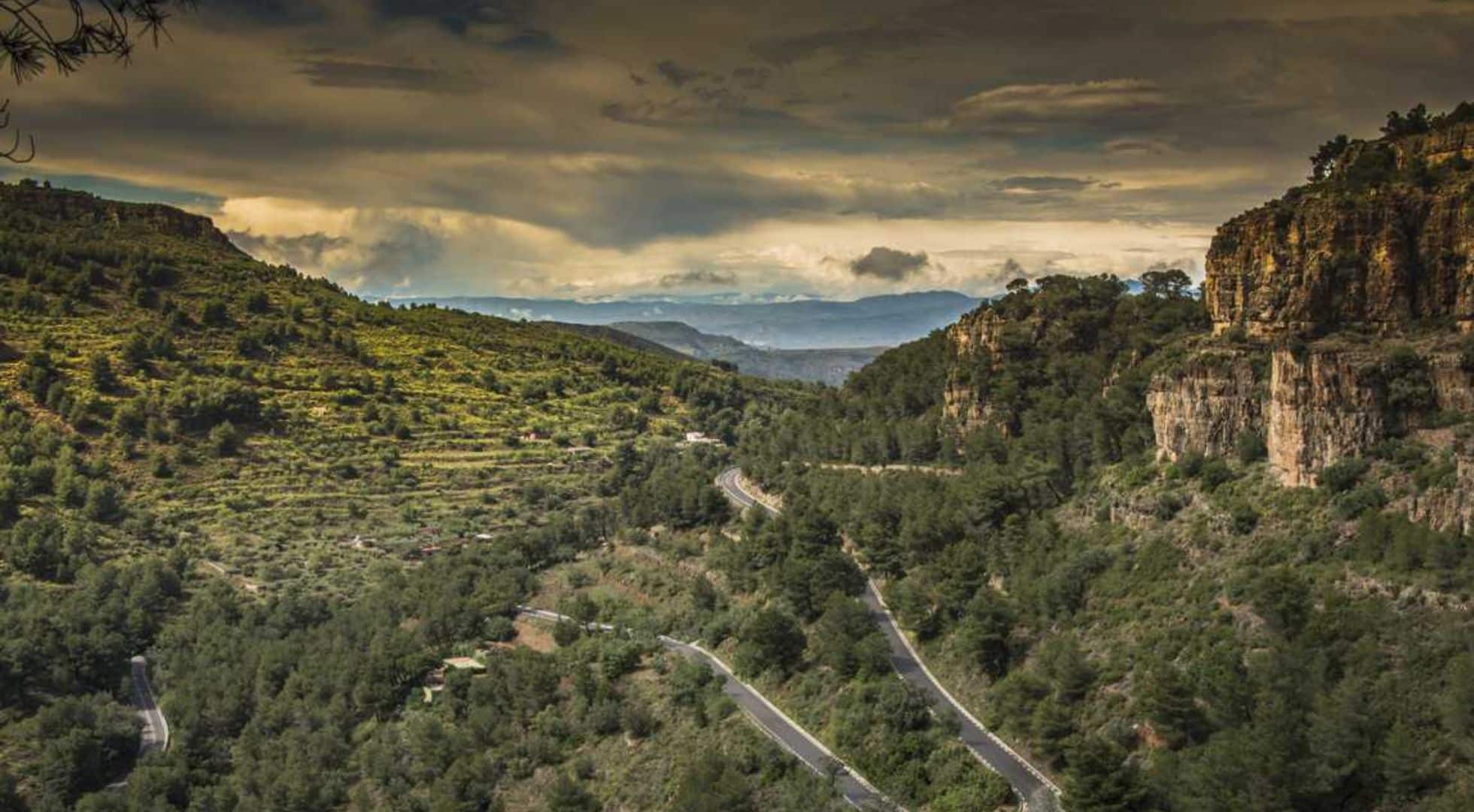
With almost 70 square miles of pine and strawberry trees, ravines, vistas, and mountain tops make up the protected national park of Parque Natural de la Sierra Calderona. It’s located between the Castellón and Valencia provinces, with the Montemayor summit as the highest point in the park at 3,320 feet. More than just a natural wonder, the park is also steeped in history, as different civilisations have settled in the Sierra Calderona dating back to the 11th century. Artefacts left behind include the Castillo de Serra which was built during the Arab conquest and the Puntal dels Llops, an Iberian fort dating back from the fifth century BCE.
Popular with the locals, the park is also a hiker and birdwatcher’s dream, with multiple routes to choose from: the four-mile Olocau route starting from the village of the same name; the longer but flat Portaceli trail or the more challenging 7.8-mile Tristán trail. The Garbi trail is the most easily accessible peak in the range, as it leads out to the sea with sweeping vistas offering spectacular views. For more experienced hikers, there is the 23-mile Senda dels Cartoixos route. There is also the Via Verde de Ojos Negros, a popular cycling route connecting Teruel to the Mediterranean sea.
Madrid, Spain
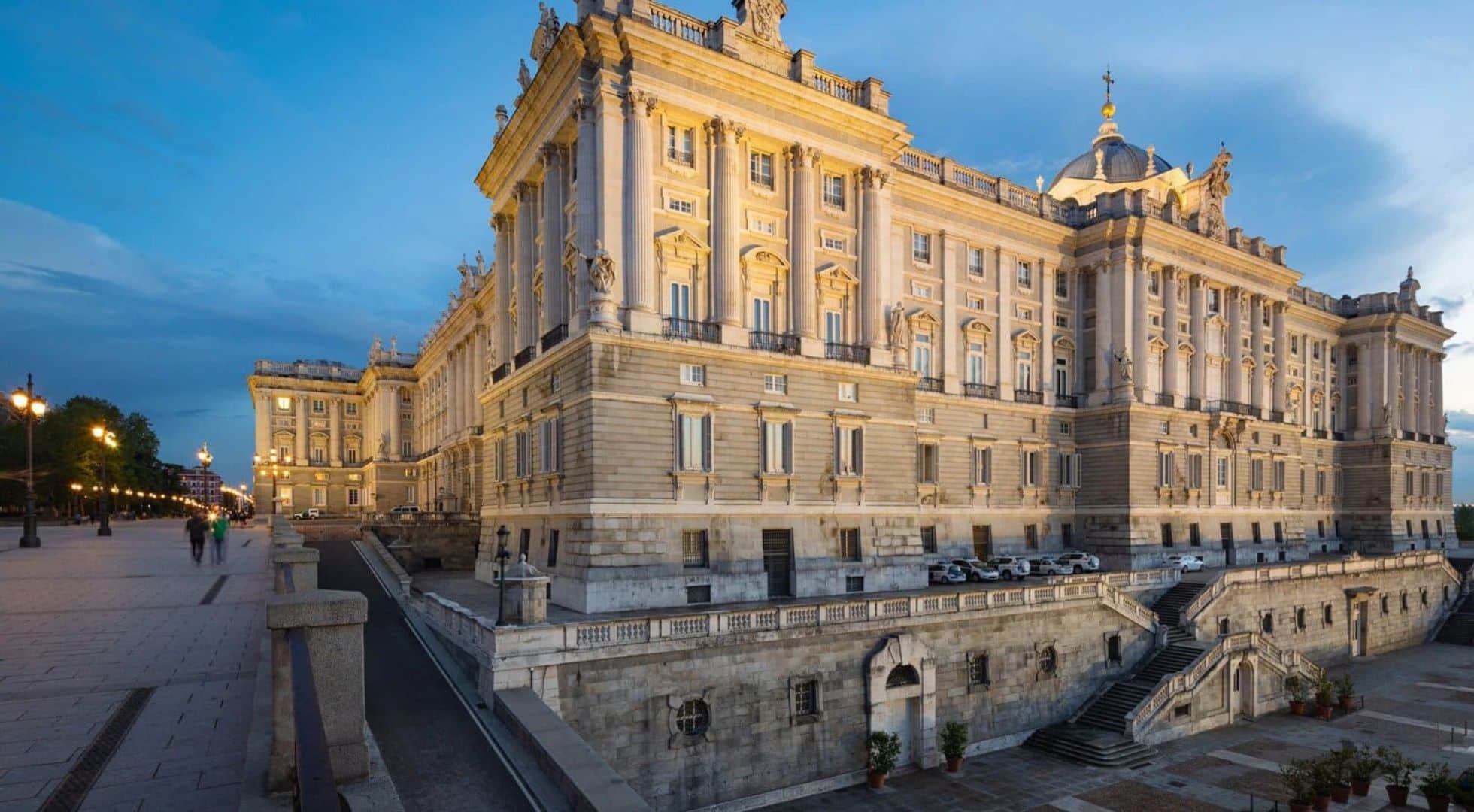


Let’s trek out of the coastal borders of Spain and head to the heart of the country, which is also the capital: Madrid. The cosmopolitan, vibrant city continues to top the many lists of must-visit cities globally. It’s difficult to encapsulate this world-class city into just a paragraph of things to do, as there is something for everyone. Madrid is a city of dualities: it is familiar, yet avant-garde; cultural yet modern, and a gastronomic delight with wellness offerings. There is plenty to explore throughout the year with a rotating calendar of events.
The shopping options are also endless, with the world’s largest Zara store on Plaza de España, the WOW Concept store on Gran Vía, and Galeria Canalejas housing 11 iconic international luxury brands such as Hermès, Cartier, and Louis Vuitton. The food scene in Madrid is also exquisite and would require planning months in advance. There’s so much to explore in this Spanish capital, you would need more than just one visit to do it all.
Murcia, Spain
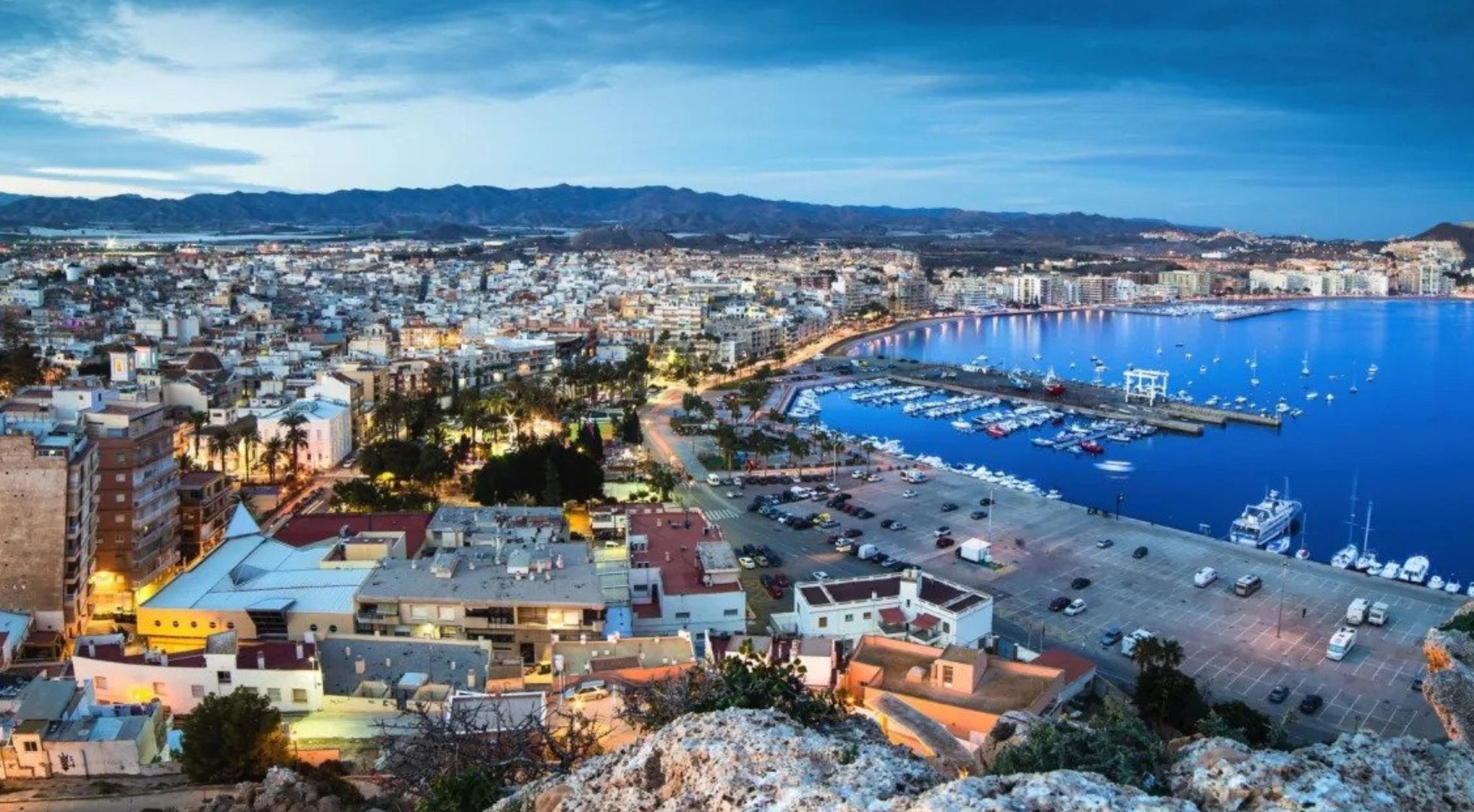


As we head back out to the coast, Murcia boasts one of the most beautiful and wild stretches of Spain’s Mediterranean coastline. It is more than just a beach town and destination, although the waters at Cabe de Palos are a favourite for divers. The lush Sierra de Espuña also has some vibrant green orchards.
The city holds some of the country’s best-preserved architecture, such as a Rococo-style episcopal palace and a Baroque cathedral. It is also an old city with some of its Moorish influences that can be explored at the lavish Real Casino de Murcia. Influences from the Arab medieval period also live on in the city walls with the Aljufía irrigation system, which is still used today.
The region is also responsible for the freshness of the ingredients which make up Spain’s world-renowned cuisine. Do try Murcia’s traditional meat pie, the zarangollo (made with eggs, onion, and squash), and the Murcian salad made up of tomatoes, tuna, eggs, and olives.
Málaga, Andalucía, Spain
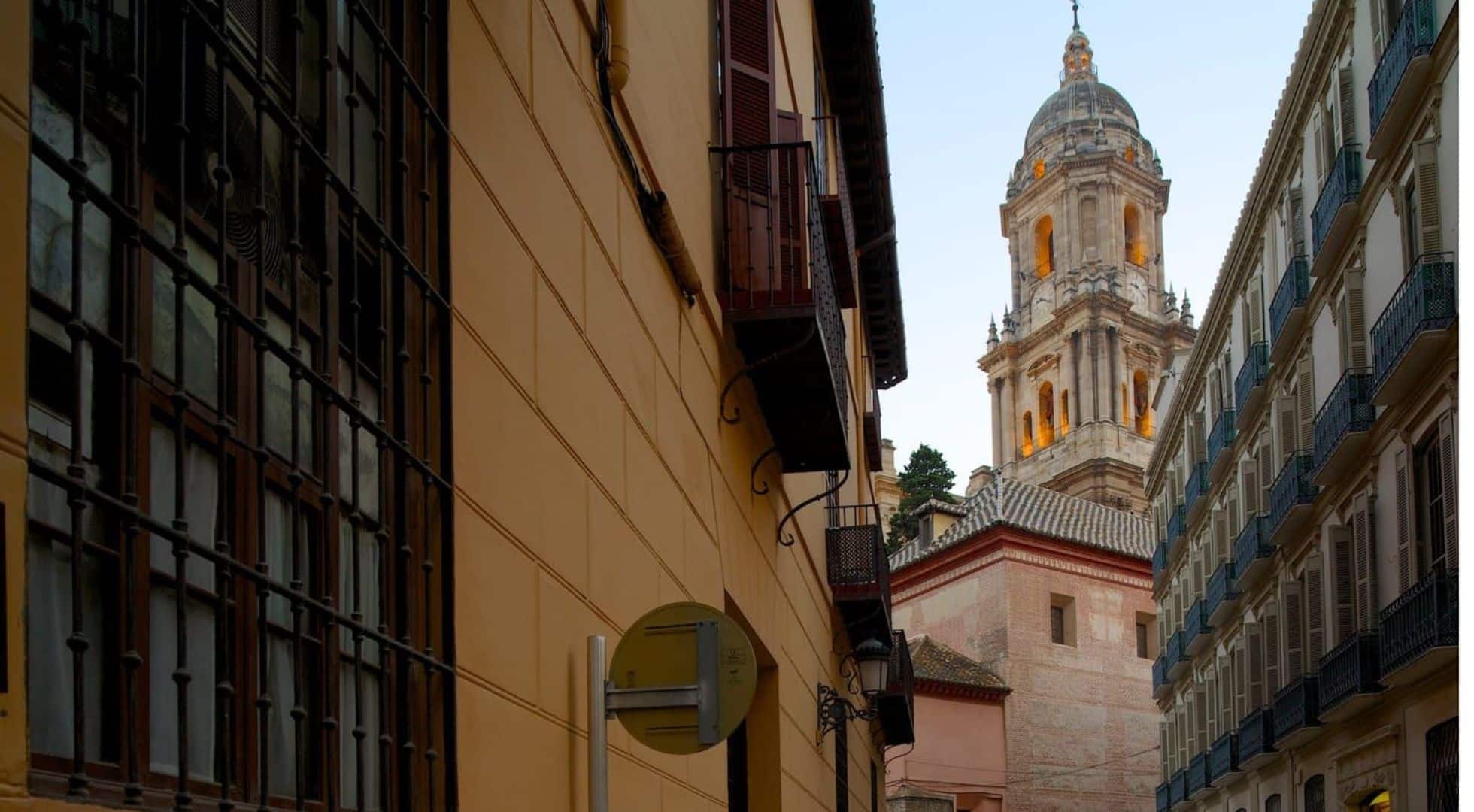


Next to Madrid, this destination in Spain has fast become popular with backpackers, digital nomads, and travellers. It is where the famed Costa del Sol is located, with a plethora of vacation homes for Northern Europeans to summer at. The region is an ideal size – not too small where you might get bored, and not too big where you might be overwhelmed.
Stroll along the Calle Larios towards the Pasaje de Chinitas and kick back at the Palmeral de las Sorpresas, Málaga’s accessibility is definitely what has skyrocketed its popularity over the years. 2023 is also a milestone year for the Spanish city as they celebrate its most famous native, Pablo Picasso, and the 50th anniversary of his death. Named the Year of Picasso, Málaga as his birthplace will hold 42 exhibits covering the painter’s work around the world.
Seville, Spain
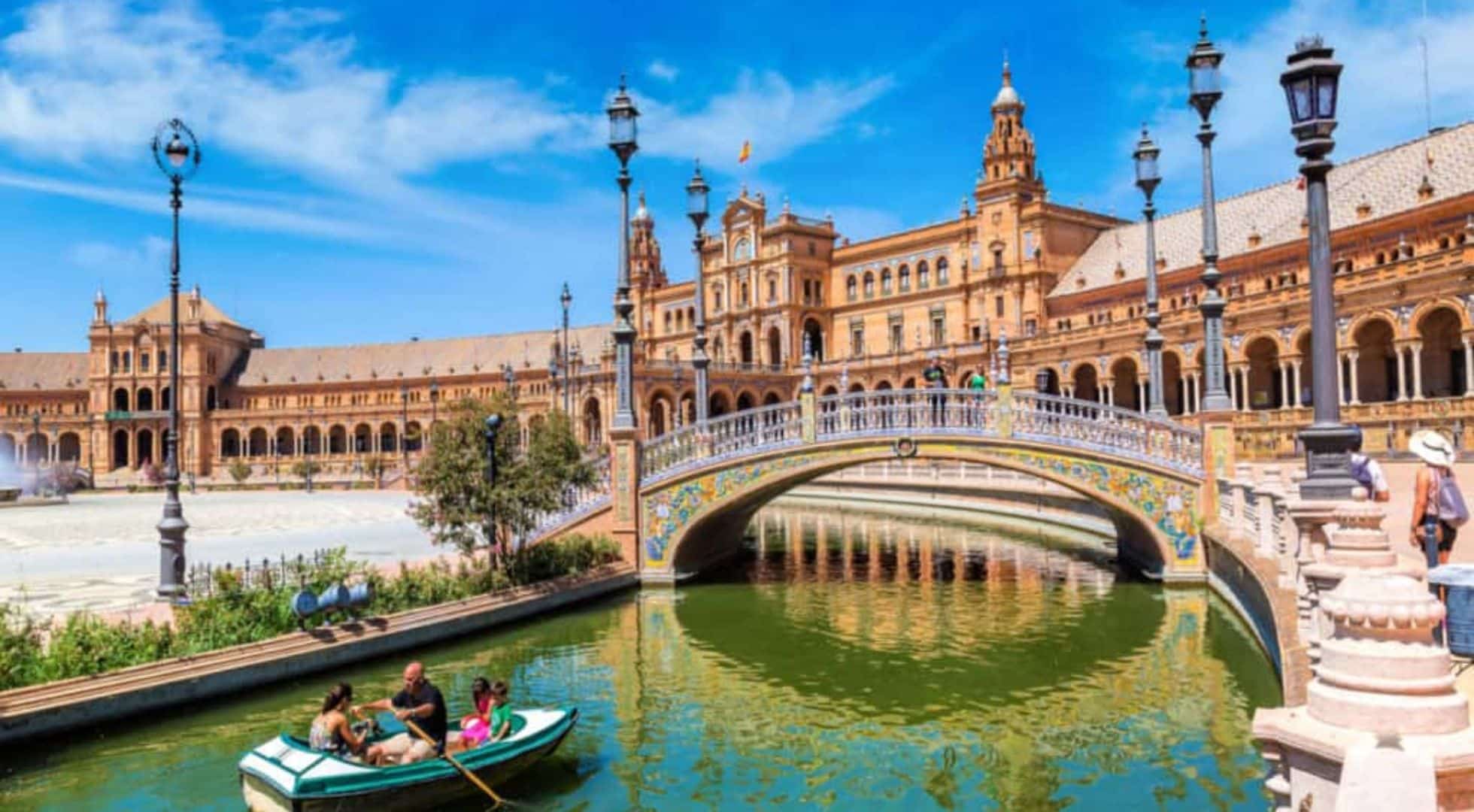


Home to the art of Flamenco, the capital of the Andalucía region has much to offer ranging from culture and art to historical architecture and rich stories. Have a taste of Spanish sherry at the Jerez region, bask in the awe of the Seville cathedral (the third largest in the world), and visit the Royal Alcazar Palace. Due to its climate and rich Moorish-influenced architecture and history, the city is a mix of old and new and a great in-between pace to take in the sights as well as kick back and enjoy the sunshine.
Costa da Prata, Portugal
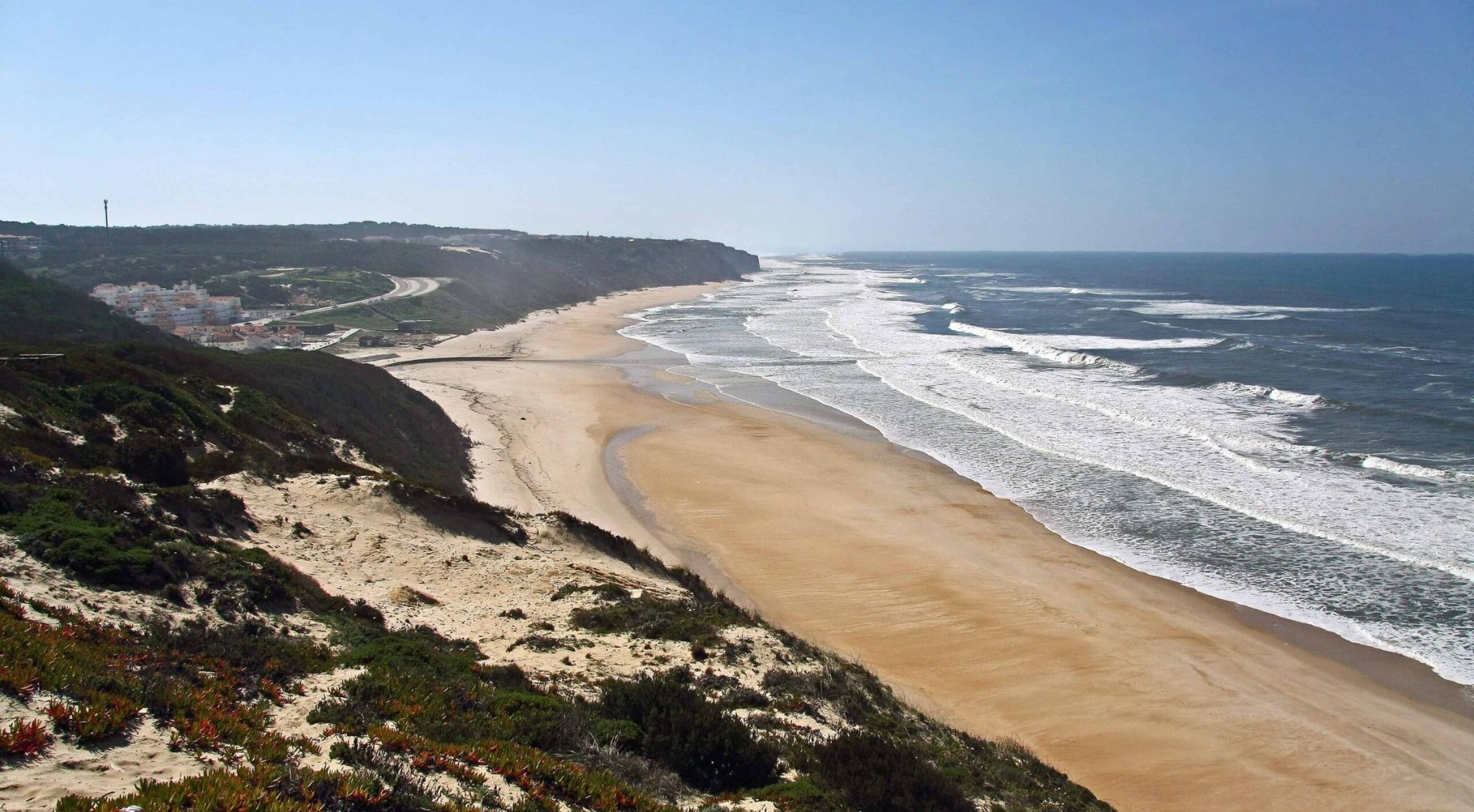


We head over to Portugal, the neighbouring country to Spain, where this coastal country is known to have some of the most beautiful coastal stretches in the world, overlooking the Atlantic ocean.
While some of the popular names include Algarve down in the Faro region, or the trendy factor of Melides, Costa da Prata is more known amongst the sub-culture of surfers and wave chasers. The undeniable appeal of Ericeira, Nazaré, Peniche, and Aveiro are home grounds for surfers, with Ericeira only 45 minutes north of Lisbon.
Nazaré has become a world-renowned beach due to its jaw-dropping waves setting the Guinness World Record of the world’s largest surfed wave at 86 feet tall to German surfer Sebastian Steudtner. Despite what it is best known for, Nazaré remains a low-key fishing town where some women still don the traditional ‘seven skirts’.
Peniche’s beach Supertubos is popular with the surfer crowd, as well as the Consolação, another beach capped by a 17th-century fort. Finally, near the northern end of the coast is Aveiro, nicknamed the Venice of Portugal as it has also fast gained the reputation of its Instagram-friendly backdrops.
Sintra, Portugal
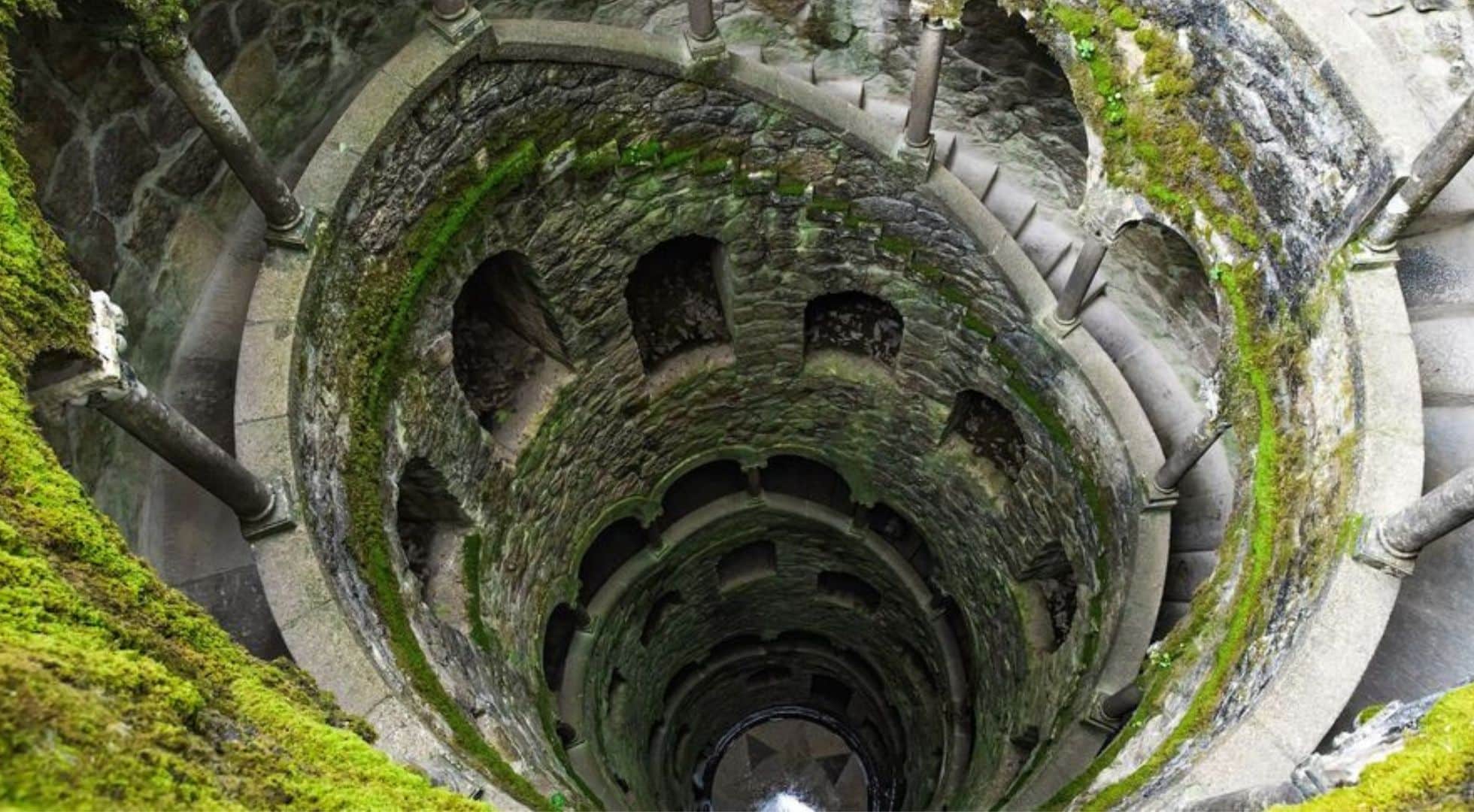


Only 30 minutes west of Lisbon, Sintra became the first centre of European Romantic architecture in the 19th century, where Ferdinand II turned an abandoned monastery into a castle. The use of Gothic, Egyptian, Moorish, and Renaissance elements sits atop the cooling hills of Serra de Sintra, surrounded by lush greenery. The dramatic landscapes and majestic castles portray the exceptional mixture of natural and cultural sites in proximity to the coasts of Cascais and Estoril. The municipality can be explored over a day trip from Lisbon.
Melides, Portugal
Settled along the Alentejo coast, half an hour from Comporta is Melides. For now, it’s a secret amongst many, but it’s fast becoming an open fact much to the chagrin of its residents (both old and new). The nearby iconic Galé beach is dramatically punctuated by a red stone cliff. The 30-mile or so stretch of sand runs from Troia village to Sines. Much like the rest of Portugal, this village’s charm comes from the contrast of the green nature of the olive, oak, and cork trees against the wooded landscape of Serra da Grândola.
The swarming interest of art and culture injected into the village has drawn a bohemian air to the space, complete with its many charms, but with an overall sense of tranquillity.
Mallorca, Balearic Islands, Spain
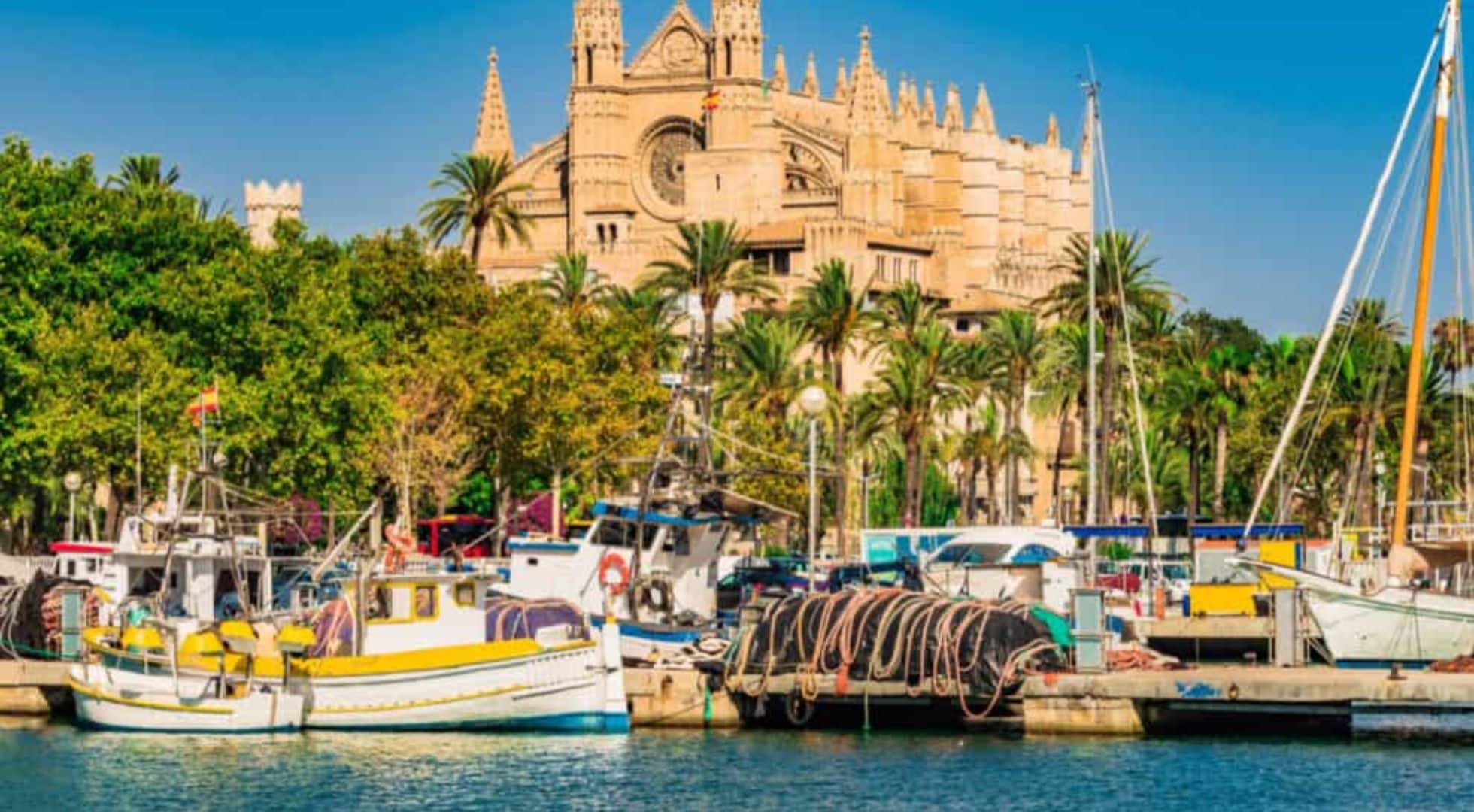


Pre-pandemic, Mallorca was well-known to be a place to spot celebrities, kick back in luxury and revel in exclusivity. The island off the east coast of Spain is the largest of the Balearic Islands and is situated in the Mediterranean Sea. While there is no shortage of luxury hotels and beach resorts, its nature offerings are also abundant with sheltered coves, limestone mountains, and also Roman and Moorish remains, marking its presence of a historical past. There is a vibrant nightlife, quaint mountain villages, stunning beaches, and fresh produce farms. For a small island, there is definitely an adventure to suit your fancy.
Tenerife, Canary Islands, Spain
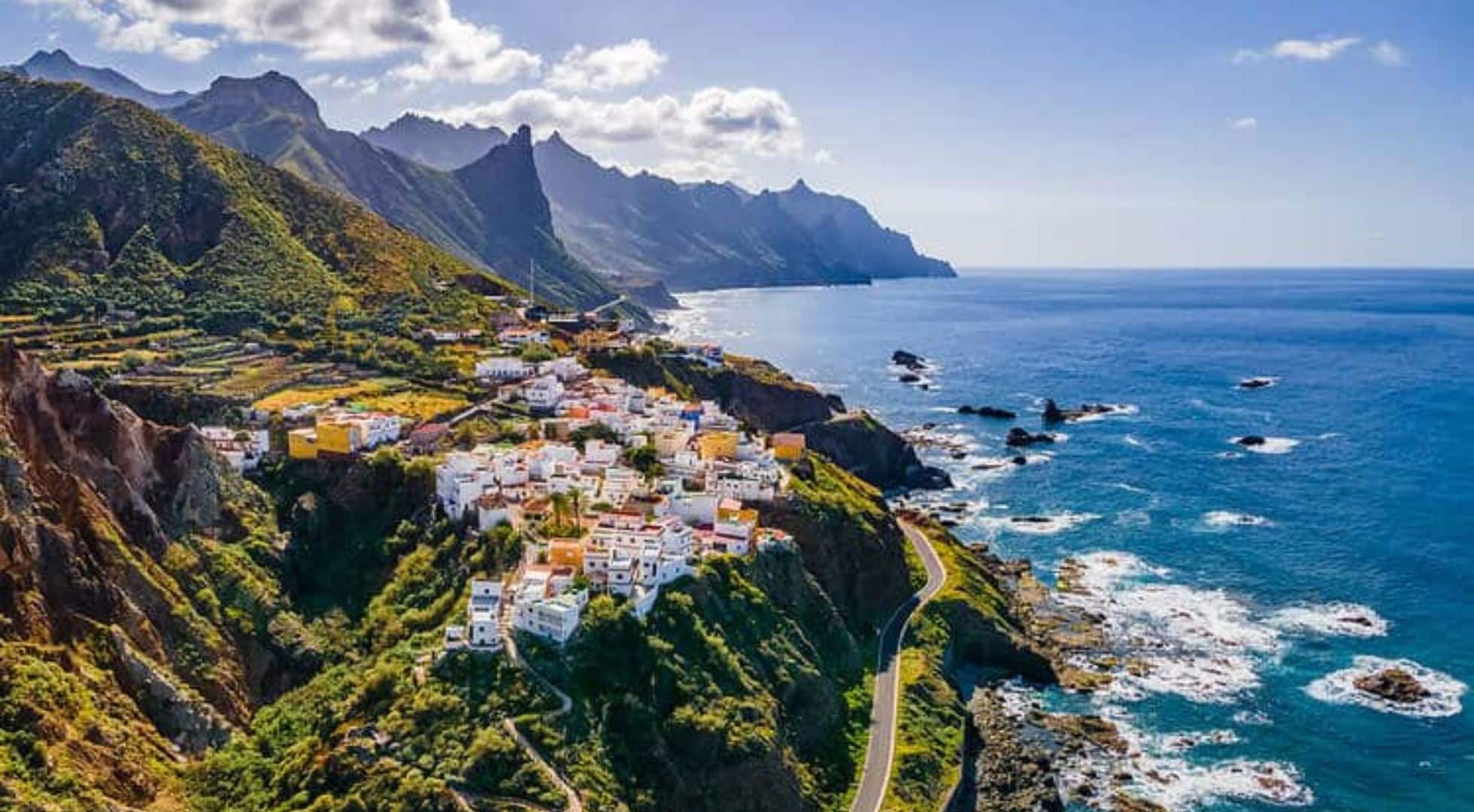


Down towards the southwest off the coast of Morocco is the Canary Islands with Tenerife as its largest island. It also has the highest point in Spain – Mount Teide at an elevation of 12,198 feet. The island is a perfect spot to take a dip in the Atlantic ocean, climb a mountain, and explore the multitude of beaches the island has to offer. Despite being an island, Tenerife has a varied landscape of forests and deserts and two UNESCO World Heritage sites – the Teide National Park and the city of San Cristóbal de La Laguna. If you’re a cycling enthusiast, this island is also one of the more popular destinations to explore due to the aforementioned terrain.
The Azores, Portugal
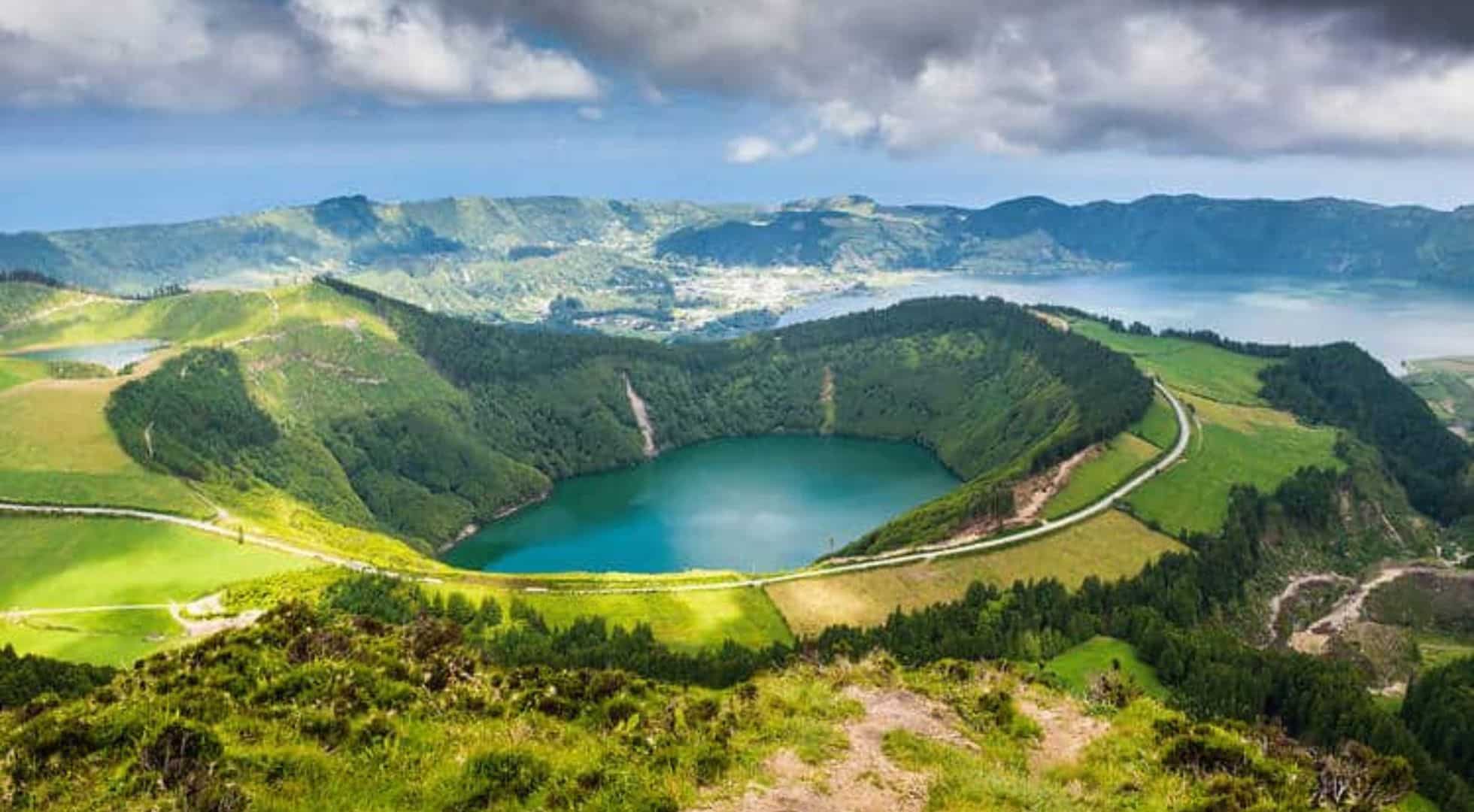


The Azores is an archipelago of islands comprising Flores and Corvo in the west; Graciosa, Terceira, Sao Jorge, Pico, and Faial in the centre; and Sao Miguel, Santa Maria, and the Formigas islets to the east. Due to its location in the Atlantic Ocean, it is famed for whale and dolphin watching, birdwatching and just taking in the wonders of nature.
Corvo is the smallest and most remote island in Portugal. There is only one paved road which leads to Caldeirão, the crater of the volcano which created the island. The viewpoint from here is a real sight to behold, taking in its enormous size at 1.5 miles in circumference and almost 1,000 feet deep. At the bottom of the crater, there are two lakes where cows and wild horses graze freely.
let us help plan Your summer escape to spain and Portugal!
REACH OUT TO US AT +603 2303 9100 OR [email protected]
You may also be interested in:
